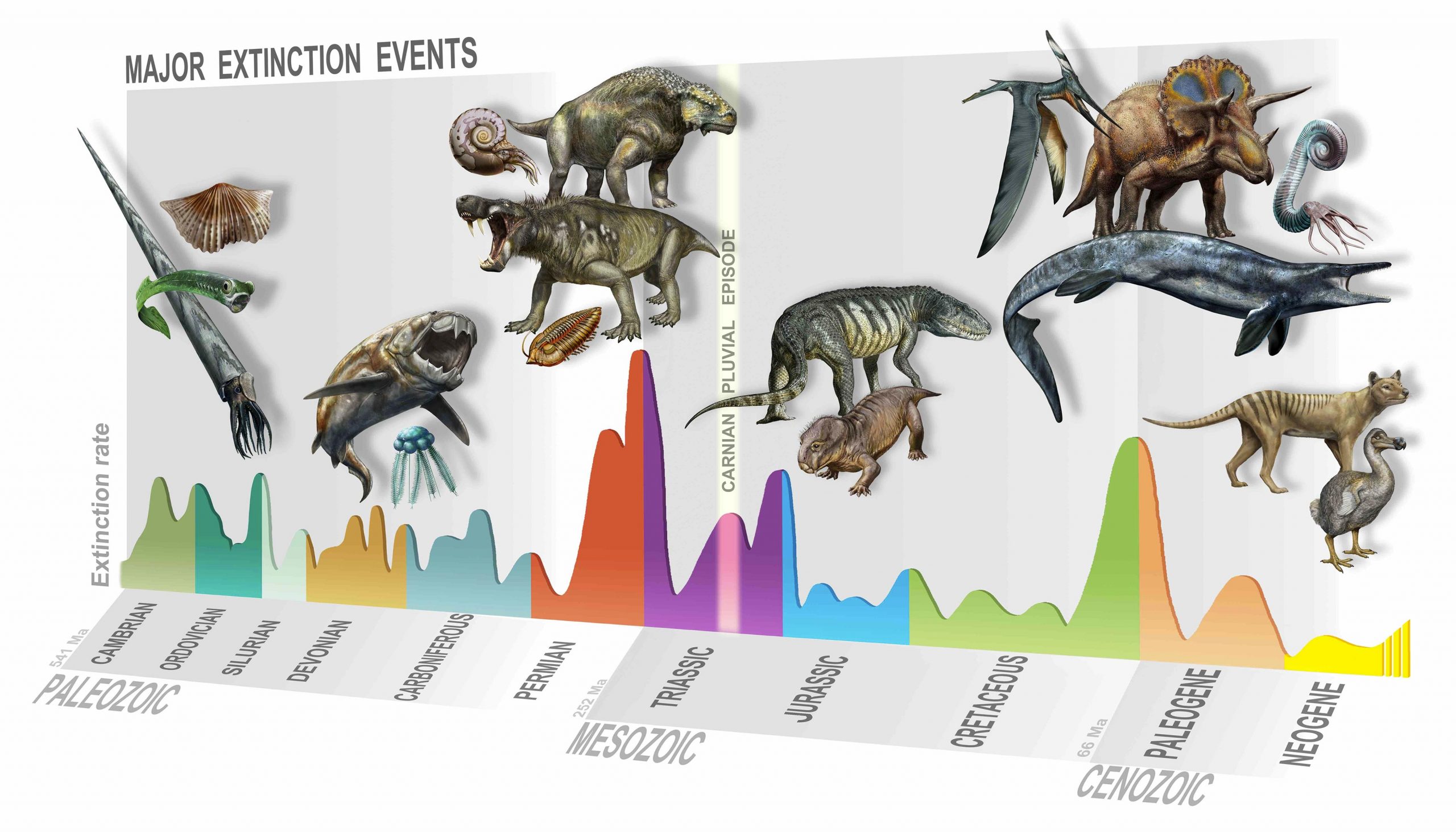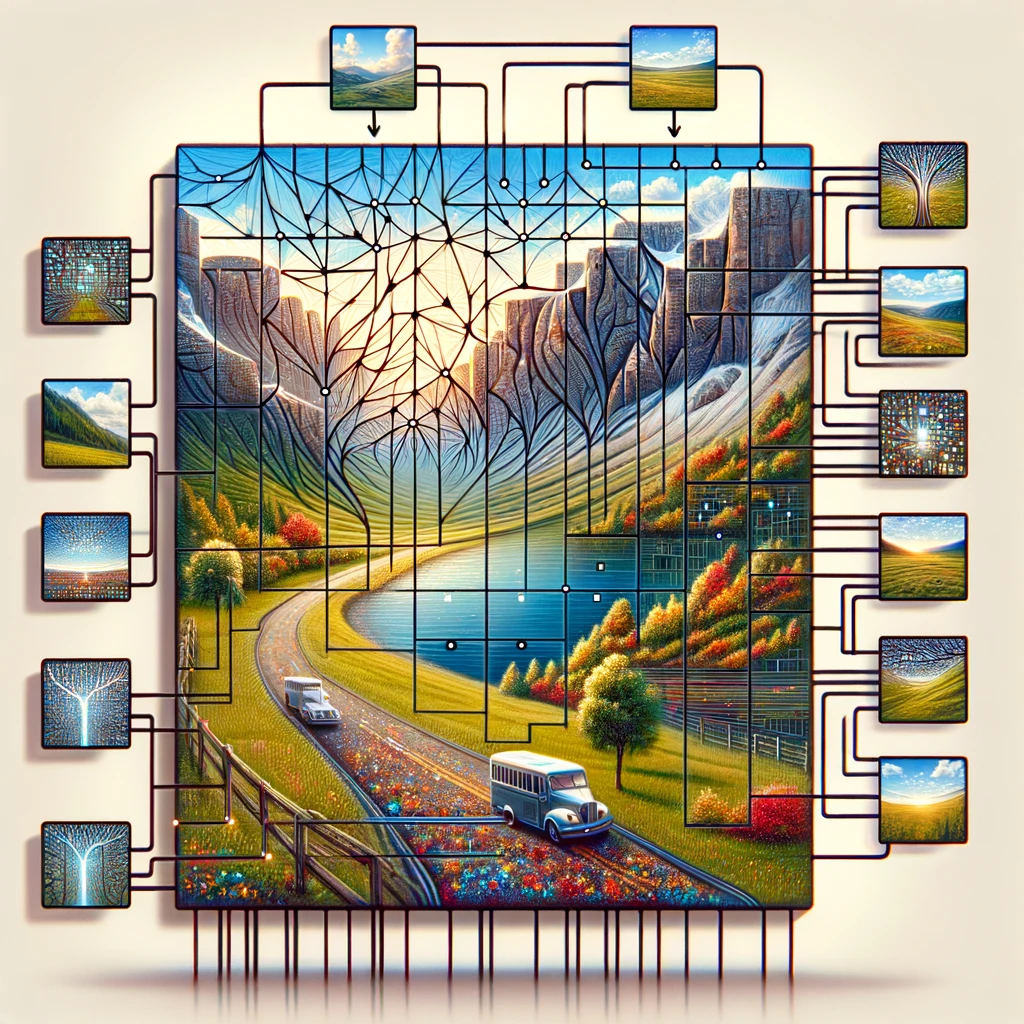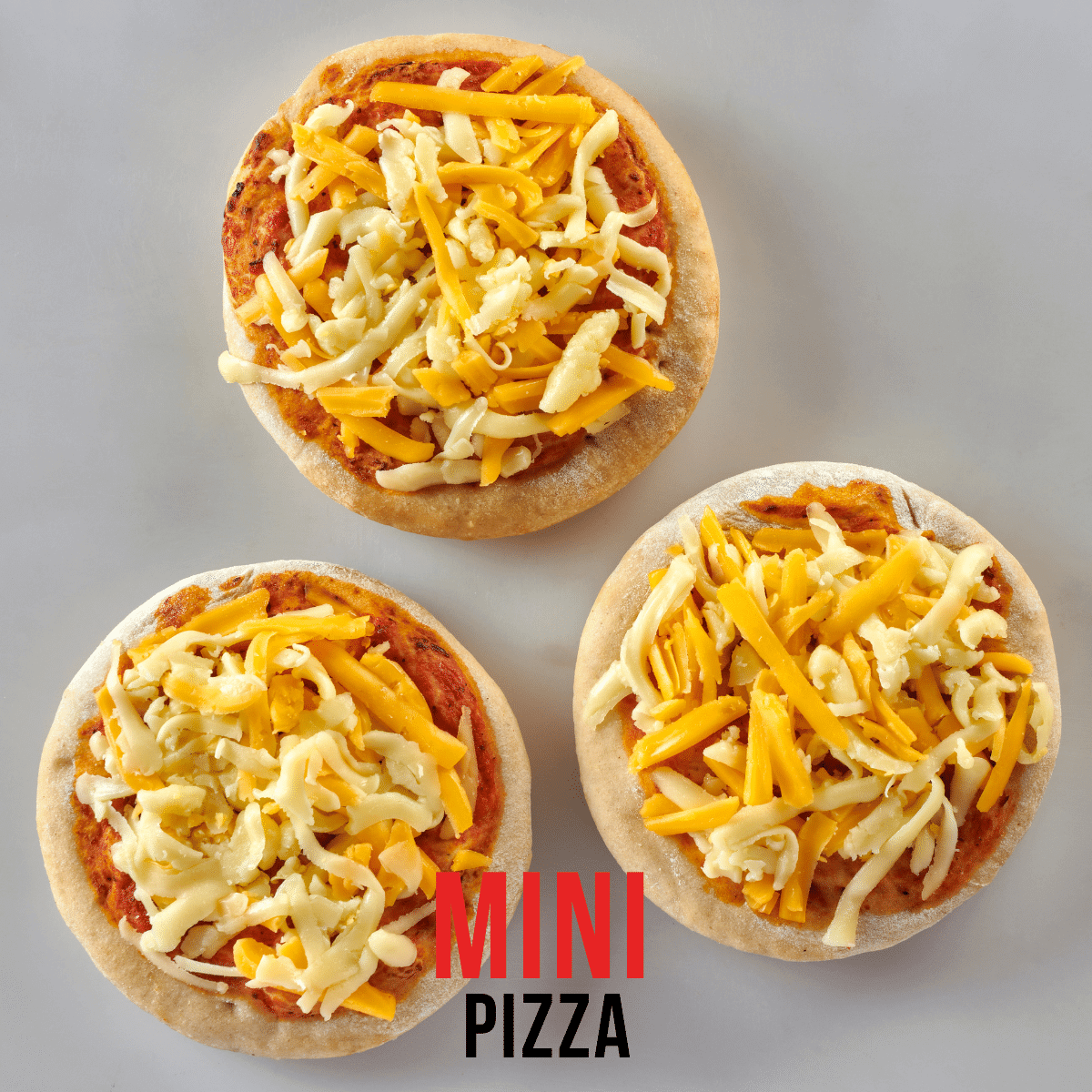Discover Pandipedia
Pandipedia is the world's first encyclopaedia of machine generated content approved by humans. You can contribute by simply searching and clicking/tapping on "Add To Pandipedia" in the answer you like. Learn More
Expand the world's knowledge as you search and help others. Go you!
Let's look at alternatives:
- Modify the query.
- Start a new thread.
- Remove sources (if manually added).
- Request a manual search from our human research team.
Let's look at alternatives:
- Modify the query.
- Start a new thread.
- Remove sources (if manually added).
- Request a manual search from our human research team.
Get more accurate answers with Super Search, upload files, personalised discovery feed, save searches and contribute to the PandiPedia.

Korean sunscreen is gaining popularity due to its advanced formulations that prioritize texture and wearability. Unlike many American sunscreens, which can feel greasy or take time to absorb, Korean options are designed to blend smoothly, making them a pleasure to apply. Experts note that Korean manufacturers have figured out how to create products that integrate well into skincare routines, with some users finding them enjoyable to use, which encourages regular application[2][3].
Additionally, Korean sunscreens often feature innovative ingredients and dual protection ratings (SPF and PA), providing enhanced defense against both UVB and UVA rays. This systematic approach to sun protection is often not matched by U.S. products due to regulatory challenges, making Korean sunscreens a more appealing option[1][4][5].
Let's look at alternatives:
- Modify the query.
- Start a new thread.
- Remove sources (if manually added).
- Request a manual search from our human research team.
Chicken and Broccoli Casserole
A comforting dish packed with protein and vegetables, perfect for picky eaters[1].
Veggie-Packed Meatballs
Tender meatballs made with hidden vegetables that are loved by toddlers, great with pasta or on their own[1].
Pasta with Marinara
Simple pasta dish topped with homemade or store-bought sauce, appealing to young children[1].
Mini Pizzas
Made with English muffins, pizza sauce, and cheese, allowing kids to customize their toppings[3].
Chicken Nuggets
Homemade nuggets provide a healthier option than store-bought versions, easy to bake and freeze[5].
Smoothie Bowls
A nutritious blend of fruits and veggies that can be served in fun bowls with toppings[10].
Mac and Cheese
Creamy and comforting, can easily be made healthier with added vegetables or whole-grain pasta[9].
Build-Your-Own Tacos
Allowing kids to choose their own toppings makes mealtime fun and interactive[8].
Vegetable Stir-Fry
Quick to prepare, can include favorite veggies and served with rice or noodles[5].
Sweet Potato Fries
Baked fries that are healthier than their fried counterparts and a kid-friendly side dish[1].
Fruit and Yogurt Parfait
Layers of yogurt, fruits, and granola for a nutritious snack or breakfast[11].

Stuffed Peppers
Bell peppers filled with rice, meat, and cheese, offering a colorful and nutritious meal[2].
Rice and Beans
A simple, protein-rich dish that can be flavored in many ways to appeal to little ones[10].
Hummus and Veggie Platter
An interactive snack that encourages kids to try veggies by offering dips[6].
Wraps with Turkey and Cheese
Easy to make with a variety of fillings, perfect for lunch or snacks[6].
Oatmeal with Fruits and Nuts
A warm and hearty breakfast option that can be customized to kids' preferences[3][11].
Sushi Rolls with Veggies
A fun and interactive meal option that encourages kids to eat a variety of foods[6].

Chocolate Banana Ice Cream
A healthy treat made from blended frozen bananas, appealing to sweet tooths[11].
Let's look at alternatives:
- Modify the query.
- Start a new thread.
- Remove sources (if manually added).
- Request a manual search from our human research team.

The Carnian Pluvial Event[2] (CPE) was a major global environmental event that occurred 233 million years ago[1] during the late Carnian stage of the Late Triassic period[3]. It was triggered by massive volcanic eruptions in[1] western Canada, leading to spikes in global warming and increased rainfall. This event introduced markedly more humid conditions across the globe[3], interrupting the otherwise arid climate[3] of the Late Triassic period and causing disruptions to geochemical cycles[3], particularly the carbon cycle. The CPE had a significant impact on the evolution of life, leading to extinctions among various plant and animal groups and setting the stage for the rise of dinosaurs and the appearance of modern groups of plants and animals[1]. It was associated with significant climate and ecological changes, including global warming, widespread ocean anoxia[2], and dry-humid-dry climate changes on land[2]. The event lasted for perhaps 1-2 million years and saw the evolution and diversification of many[3] important taxa, including some of the earliest dinosaurs, lepidosaurs, and mammaliaforms, as well as the first appearance of coccoliths and dinoflagellates among microplankton in the marine realm. Overall, the CPE was a period of significant geological and biological change.
Let's look at alternatives:
- Modify the query.
- Start a new thread.
- Remove sources (if manually added).
- Request a manual search from our human research team.

Vision Transformers (ViTs) enhance image recognition by applying transformer architecture, initially designed for natural language processing, to visual data. They process images by dividing them into patches, treating these patches as tokens, allowing the model to leverage self-attention to capture global contextual information rather than localized features used by convolutional neural networks (CNNs). This method resulted in significant performance improvements on major benchmarks like ImageNet, achieving over 88% accuracy with considerably lower computational resources compared to CNNs[1][2][5].
ViTs utilize embeddings and position embeddings to retain spatial information, enabling them to learn intricate patterns within images. By focusing on the entire image context through self-attention, ViTs provide a more interpretable framework for image classification tasks, demonstrating superior performance, especially with extensive training data[3][4][6].
Let's look at alternatives:
- Modify the query.
- Start a new thread.
- Remove sources (if manually added).
- Request a manual search from our human research team.
Get more accurate answers with Super Search, upload files, personalised discovery feed, save searches and contribute to the PandiPedia.

The Gemini Deep Research agent is built on top of the Gemini 2.5 Pro model[1]. Since its initial launch in December 2024, the capabilities of Gemini Deep Research have been improved[1].
As evidence of that, the performance of Gemini Deep Research on the Humanity’s Last Exam benchmark has gone from 7.95% in December 2024 to the SoTA score of 26.9% and 32.4% with higher compute in June 2025[1].
Let's look at alternatives:
- Modify the query.
- Start a new thread.
- Remove sources (if manually added).
- Request a manual search from our human research team.
Defining Purpose and Values
Before starting a digital nomad community, it is important to define its purpose and values[7]. Identifying the type of people you want to connect with and clarifying the goals for the community is essential[7]. Clear guidelines attract like-minded individuals with similar interests and values[7]. For example, the goals for the community must include provision of a platform for digital nomads to share their experiences and advice, offer support and resources for navigating the challenges of location independence, respect and inclusivity for all members, openness to new ideas and perspectives, and commitment to helping one another overcome obstacles[7].
Choosing the Right Platform
Selecting the appropriate platform is crucial for building a thriving online community[7]. There are various platforms to consider, each with its own features:
- Facebook Groups: These groups are popular for creating online communities, using features such as groups, events, and discussions[7].
- Slack Channels: These channels are ideal for more structured conversations, with specific topics and dedicated users[1][7].
- Online Forums: Platforms like Reddit, offer dedicated forums for digital nomads to connect and discuss various aspects of location independence[7].
- Meetup: Use tools like Meetup or Eventbrite to organize and promote events, and also to find local events in your area[1][7].
Content Creation and Engagement
Developing high-quality content is essential for attracting and retaining members in a digital nomad community. A few content strategies include:
- Blogs: Start a blog that focuses on topics relevant to digital nomads, such as remote work, location independence, and travel[7]. Share your expertise through blog posts, podcasts, or YouTube videos to attract like-minded individuals[3].
- Podcasts: Start a podcast discussing topics related to the digital nomad lifestyle, and invite guests from diverse backgrounds[7].
- Videos: Produce YouTube videos or live streams featuring interviews, workshops, or discussions on various aspects of location independence[7]. Share your journey, insights, and tips to attract like-minded individuals[3].
Organize both online and in-person events to encourage engagement among community members[1]. Online activities can be webinars, or live sessions for Q&A, workshops, or interviews with industry experts[7]. In-person activities, on the other hand, can be local meetups, outdoor activities, and dinner or drinks gatherings[2].
It is also important to encourage members to participate in discussions, share their experiences, and contribute to the community[7]. Assign moderators to ensure that discussions remain respectful and on-topic[7].
Community Involvement
To reach a wider audience, it’s important to partner with other communities or businesses[1]. Collaborating with other digital nomads or organizations can help you reach a wider audience and provide more value to attendees[1]. Consider partnering with co-working spaces to offer exclusive discounts or services to community members, and collaborate on hosting events that attract like-minded individuals[7]. Moreover, engage with the local community in the areas you visit[1]. This involves:
Providing Value and Resources
Having resources can substantially contribute to a digital nomad community. This includes mentorship programs, and online courses[1]. Mentorship programs provide guidance and support as you navigate the challenges of being a digital nomad, and online courses help acquire new skills and stay up-to-date with the latest trends and technologies[1]. Resources can also include coworking spaces with amenities like high-speed internet, meeting rooms, and printing services[1]. Take advantage of resources like coworking spaces, mentorship programs, and online courses to build a successful digital nomad community[1].
Maintaining Authentic Communication
Maintaining consistent and effective communication is essential for building strong relationships and avoiding misunderstandings within a digital nomad community[1]. To achieve this, it is important to actively listen, be responsive, and set clear expectations[1].
Also, it’s important to be proactive and reach out to others in your field[1]. Don't be afraid to introduce yourself, ask for advice, or offer to collaborate on a project[1]. By connecting with other digital professionals, you can create a supportive and inspiring community of like-minded individuals[1]. Make sure to communicate respectfully, and use video conferencing in order to avoid misunderstandings[1].
Tackling Challenges
Building a digital nomad community also involves identifying specific challenges that community members face, and providing relevant solutions. These can include addressing feelings of isolation by arranging meetups, discussing the complexities of visa regulations, providing information on affordable coworking spaces, and facilitating integration with the local culture by supporting local events[5]. Also, issues of digital nomads' privilege, social bubbles, and unfairness must be addressed, mainly those connected to digital nomads from first-world countries living in poorer countries[4].
Promoting Community Growth
To expand your community, promote your digital nomad community through social media[1].Creating dedicated social media groups or pages helps connecting digital nomads from around the world[6]. Platforms like Facebook, LinkedIn, and Twitter can be used to share valuable resources, job opportunities, and networking events[6]. Also, you can collaborate with influencers or experts in the digital nomad space to amplify the community's reach and visibility[6].
Remember, building a digital nomad community is a challenging task, but it can be incredibly rewarding[1]. Having a supportive and inspiring community of like-minded individuals can provide you with the resources, motivation, and inspiration you need to succeed in this lifestyle[1].
Let's look at alternatives:
- Modify the query.
- Start a new thread.
- Remove sources (if manually added).
- Request a manual search from our human research team.

Recent developments in renewable energy highlight several innovative technologies and policy initiatives aimed at addressing climate change and enhancing energy security.
A 2023 report by the World Economic Forum indicates that 95% of countries have improved their Energy Transition Index scores over the past decade, although progress has been marginal in the last three years. Effective policy and cooperation are critical for accelerating this transition, as currently, 81% of the global energy system relies on fossil fuels, the same as 30 years ago[1][4].
Innovations include a dual energy solution from French start-up Unéole that combines solar panels and wind turbines on rooftops, reportedly producing 40% more energy than solar alone. Another promising technology is from Ubiquitous Technology, featuring transparent solar windows that can generate up to 30% of a building's energy needs[1].
A US start-up, Aeromine, has developed smaller wind generators that can attach to rooftops, which utilize natural airflow to produce 50% more power compared to traditional methods. Similarly, California's SolarAquaGrid aims to cover canals with solar panels, potentially saving vast amounts of water while generating substantial electricity[1].
The International Energy Agency (IEA) reports that achieving the COP28 target of tripling global renewable capacity by 2030 requires overcoming significant challenges, including policy uncertainties and investment in infrastructure. They predict that global renewable capacity could reach 11,000 GW if these issues are addressed promptly[5][6].
Furthermore, the IEA emphasizes that policy environments in major economies, such as the US and India, are becoming increasingly supportive of renewable energy growth, particularly in solar and onshore wind sectors. However, macroeconomic challenges such as higher interest rates are impacting project financing and development timelines[5][6].
These advancements and strategic initiatives signal a critical push towards a sustainable energy future amid growing concerns over climate change and energy dependence.
Let's look at alternatives:
- Modify the query.
- Start a new thread.
- Remove sources (if manually added).
- Request a manual search from our human research team.
Let's look at alternatives:
- Modify the query.
- Start a new thread.
- Remove sources (if manually added).
- Request a manual search from our human research team.









































































